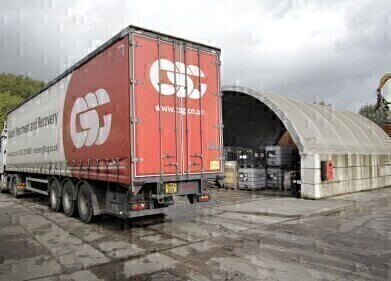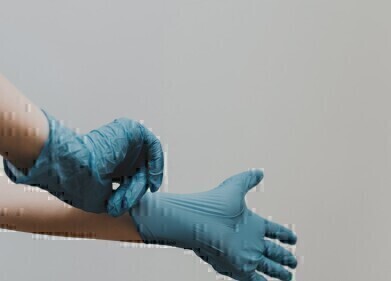Hazardous Waste
How Are Hazardous Spills Cleaned Up?
Dec 21 2022
When hazardous substances are spilled, extra special care and attention must be taken to ensure that the danger is minimised to those exposed to the contaminant and that the area is isolated so that the hazardous substance cannot spread farther. It’s imperative that these actions are taken immediately and without delay.
At the same time, they should only be taken by those who are trained and equipped with the appropriate protective equipment to deal with them. For that reason, every workplace, business or other industrial facility which handles hazardous substances must have a protocol in place to follow in the case of an accidental spillage, while all staff must be educated on how to recognise such an occurrence, whether it constitutes an incidental or emergency event and what to do next.
Following a plan
In the event of a hazardous spill, the initial priority should be to make sure that everyone in the vicinity of the spill is safe. This means evacuating everyone in the area, isolating those who may have been exposed to the substance and following decontamination procedures.
The spill must then be confined as best as possible to limit its spread, which can be done by closing doors, turning off air circulation systems and covering drains. As well as isolating the spill, the area must be secured so that no unauthorised or untrained personnel enter it. This means locking all doors and placing staff or notices at every entry point to safeguard people from exposure.
Next, the incident should be reported to the relevant authorities. When doing so, site managers should ensure they give as much detail as possible about the type of hazardous substance that has been spilled, where the spill occurred, the quantity of material lost and the names and circumstances of anyone injured in the incident or exposed to the hazardous substance.
Incidental or emergency
The way in which a spill is cleaned up will depend on the type of substance in question and whether the spill is an incidental or an emergency one. This distinction simply refers to who is tasked with addressing it; incidental spills can be handled by onsite employees providing they have the requisite training and tools, while emergency ones must be cleaned up by those who specialise in the discipline.
If the spill is an incidental one, the designated personnel can limit its spread by absorbing substances with paper towels, spraying disinfectant to neutralise pathogens, applying chemicals to negate any possible undesired reactions and disposing of affected materials in red bags or sharps receptacles, as the situation warrants. Of course, protective clothing should be worn throughout the entirety of the process and the extent of the equipment required will vary depending on whether the spill is a biological, chemical or radiological one.
For emergency spills, it’s absolutely vital that workplace staff do not attempt to tackle the spill alone. Instead, that job is reserved for trained professionals who have undergone rigorous simulations in bespoke labs and are well-accustomed to the risks and repercussions of dealing with hazardous substances.
Events
IWA World Water Congress & Exhibition
Aug 11 2024 Toronto, Canada
Aug 25 2024 Stockholm, Sweden and online
Sep 03 2024 Mexico City, Mexico
Sep 03 2024 Mexico City, Mexico
Sep 03 2024 San Diego, CA, USA














